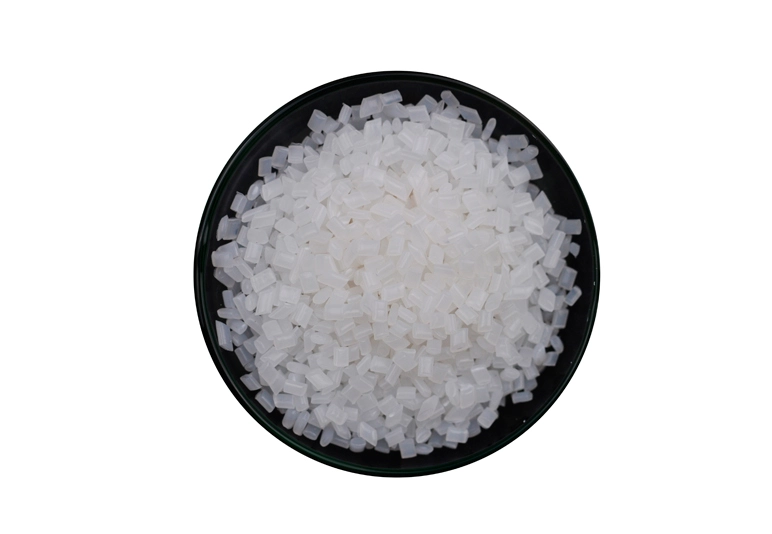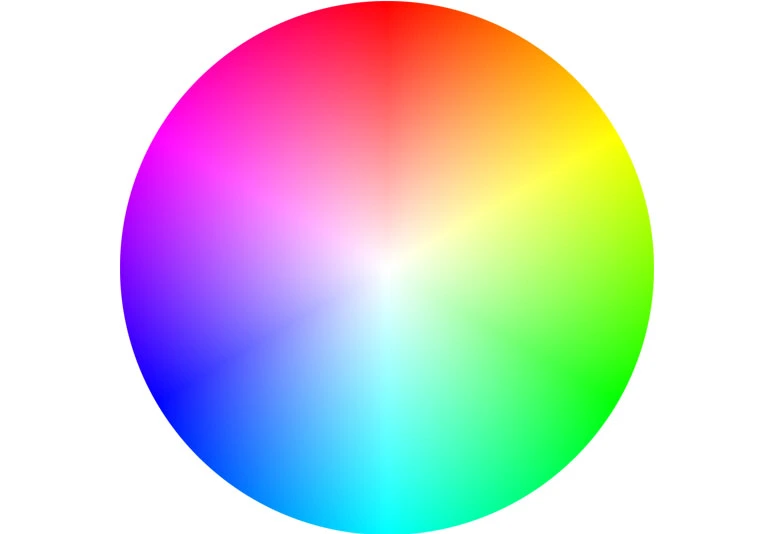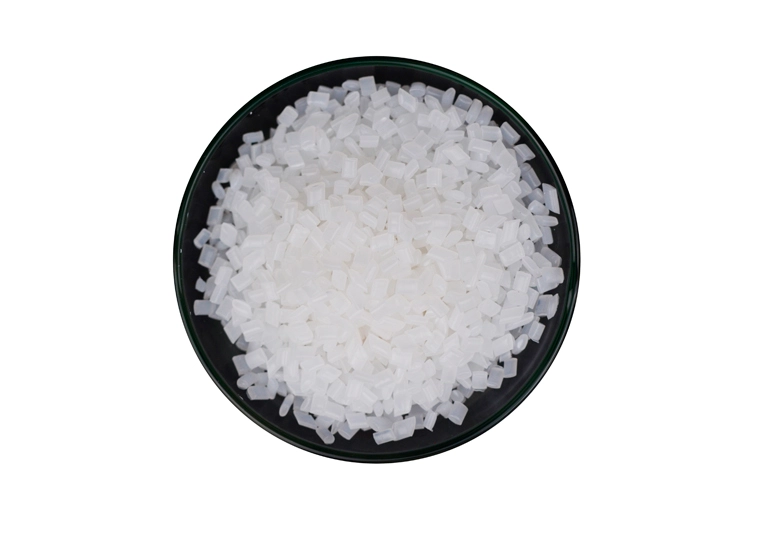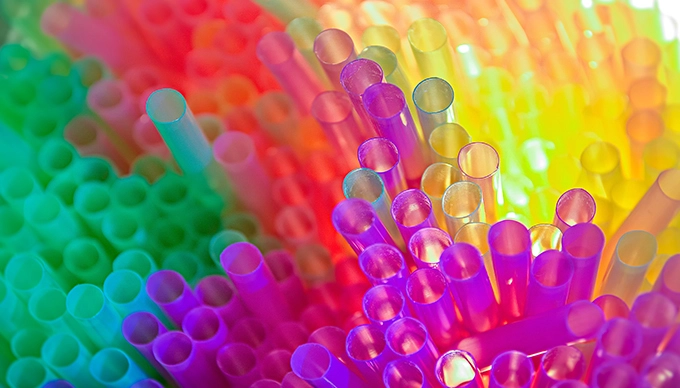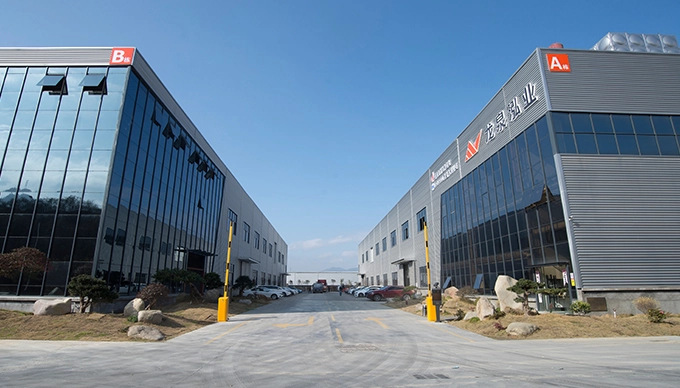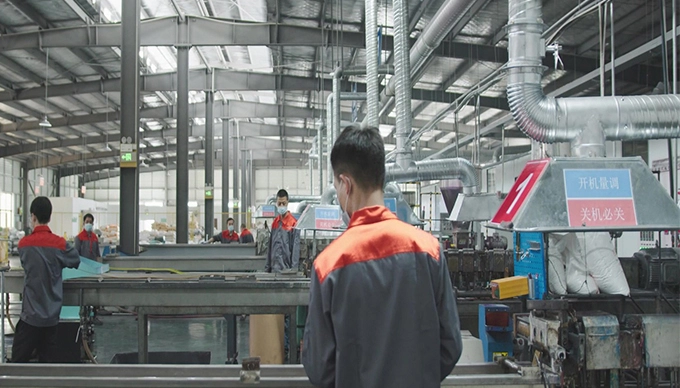In the vibrant and ever-evolving world of plastics, Masterbatch plays a crucial role. Whether it’s adding color to plastic products or enhancing specific properties, Masterbatch is an essential component in manufacturing. But what exactly is the difference between black & white Masterbatch and other color Masterbatch? Understanding these differences is vital for manufacturers and designers who aim to make informed choices for their products.
What is Masterbatch?
Definition and Composition
Masterbatch is a concentrated mixture of pigments, additives, or other compounds encapsulated into a carrier resin. It is used to color plastics or impart various properties such as UV resistance, anti-static qualities, or flame retardancy. The Masterbatch is mixed with the base polymer during processing to produce a homogeneous blend, ensuring consistent quality and performance in the final product.
Types of Masterbatch
Masterbatch comes in several forms, each tailored to specific needs:
Black & White Masterbatch: Primarily used for coloring and providing specific properties such as UV stability.
Color Masterbatch: Used to impart a wide range of colors to plastic products, with possibilities limited only by imagination.
Additive Masterbatch: Includes functional additives for specific performance enhancements.
Special Effect Masterbatch: Provides visual effects like pearlescence, metallic finishes, or glow-in-the-dark properties.
Black & White Masterbatch
Composition of Black Masterbatch
Black Masterbatch typically consists of carbon black pigment mixed with a carrier resin. The concentration of carbon black can vary, depending on the desired opacity and intensity of the black color. It’s widely used in applications requiring UV stability, as carbon black provides excellent UV resistance.
Composition of White Masterbatch
White Masterbatch is made primarily from titanium dioxide (TiO2), known for its high refractive index and excellent brightness. The TiO2 is dispersed in a carrier resin, which could be polyethylene, polypropylene, or another polymer. White Masterbatch is often used where high opacity or bright white coloration is needed.
Common Applications of Black & White Masterbatch
Black Masterbatch: Common in automotive parts, packaging, and agricultural films where UV protection is crucial.
White Masterbatch: Widely used in packaging, household goods, and healthcare products due to its opacity and clean appearance.
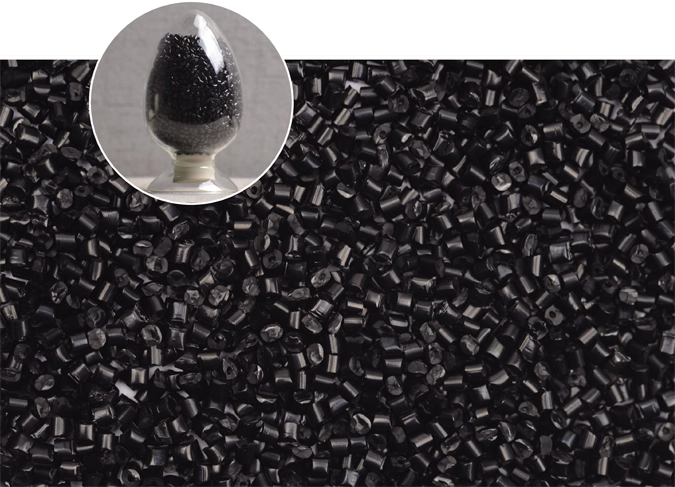
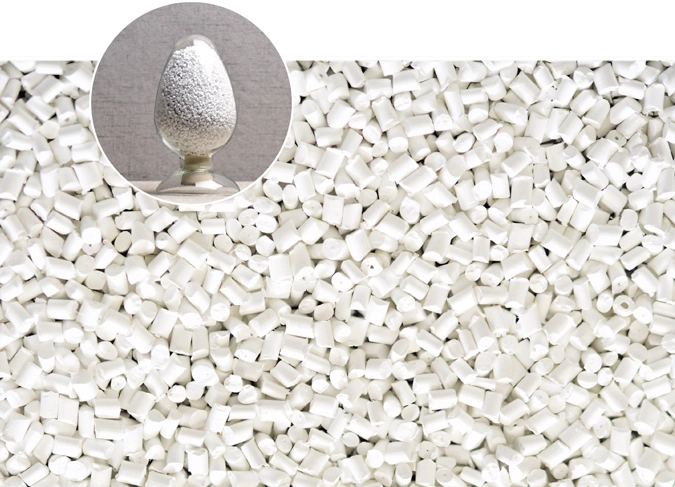
Color Masterbatch
Definition and Variants
Color Masterbatch refers to the combination of pigments and a carrier resin that imparts various colors to plastic products. Unlike black & white Masterbatch, color Masterbatch can be custom-formulated to match virtually any shade or hue.
Customization in Color Masterbatch
One of the main advantages of color Masterbatch is its ability to be customized. This flexibility allows manufacturers to create unique colors that can enhance brand identity, match specific aesthetic requirements, or follow industry trends.
Applications Across Industries
Packaging: To differentiate brands and attract consumer attention.
Consumer Goods: From toys to electronics, color Masterbatch adds appeal.
Automotive: For both interior and exterior parts, ensuring a consistent brand look.
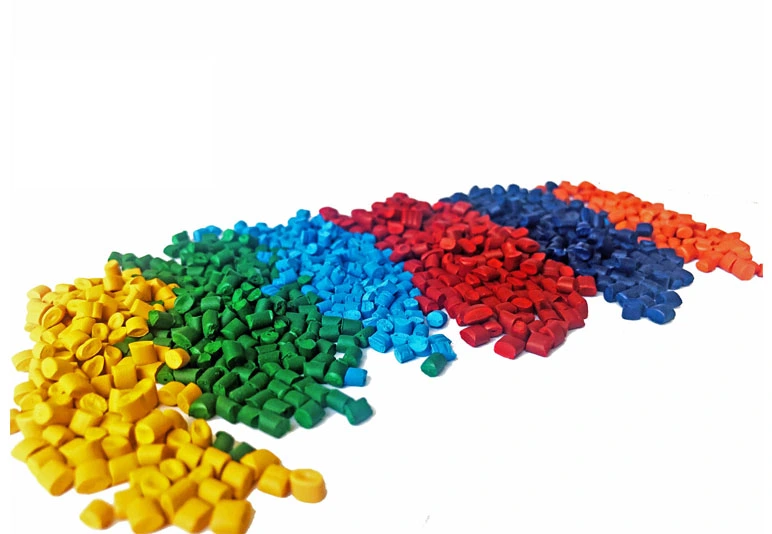
Differences Between Black & White Masterbatch and Color Masterbatch
Composition Differences
The primary difference lies in the composition. Black Masterbatch mainly uses carbon black, and white Masterbatch relies on titanium dioxide. In contrast, color Masterbatch can incorporate a wide array of pigments, each with unique properties.
Cost and Economic Impact
Black & white Masterbatch is generally more cost-effective compared to color Masterbatch. The reason lies in the simplicity of their composition and the widespread availability of the raw materials. Color Masterbatch, especially custom shades, can be more expensive due to the complexity in formulation and the specific pigments required.
Application-Specific Uses
While black & white Masterbatch is often chosen for its functional properties (e.g., UV resistance, opacity), color Masterbatch is selected mainly for its aesthetic appeal. The choice between them often comes down to the specific needs of the application.
Performance and Durability
Black Masterbatch, with its UV-resistant properties, often outperforms color Masterbatch in outdoor applications. On the other hand, color Masterbatch might not offer the same level of durability but excels in visual appeal, making it ideal for consumer products.
Advantages of Using Black & White Masterbatch
Cost-Effectiveness
Given its straightforward composition, black & white Masterbatch is typically more economical, making it a popular choice for applications where cost is a significant factor.
Stability and Consistency
Both black & white Masterbatch offer exceptional stability in production, ensuring consistent color and performance across large batches of products.
Ease of Use in Manufacturing
These Masterbatches are relatively easy to work with, requiring minimal adjustments during the manufacturing process, which enhances efficiency and reduces waste.
Advantages of Using Color Masterbatch
Customization and Aesthetic Appeal
The biggest draw of color Masterbatch is the ability to customize. Whether you need a specific brand color or want to follow the latest color trends, color Masterbatch offers endless possibilities.
Brand Differentiation
In a competitive market, standing out is crucial. Color Masterbatch enables brands to differentiate their products, making them more recognizable and appealing to consumers.
Impact on Product Perception
Color isn’t just about looks; it influences how consumers perceive a product. A well-chosen color can make a product appear more premium, environmentally friendly, or simply more fun, depending on the target market.
Challenges in Using Black & White Masterbatch
Limitations in Color Range
While black & white Masterbatch is excellent for certain applications, it’s limited in its ability to offer a wide color range. This limitation can be a drawback in industries where color variety is essential.
Specific Application Constraints
Certain applications might require specific properties that black & white Masterbatch can’t provide, leading manufacturers to opt for alternative solutions.
Challenges in Using Color Masterbatch
Higher Costs
Customization and the use of specific pigments can drive up the cost of color Masterbatch, making it less attractive for cost-sensitive projects.
Complexity in Manufacturing
Achieving the perfect color match requires precision, and the complexity of managing different pigments can increase the manufacturing process's complexity.
Consistency in Color Matching
Maintaining consistent color across different batches can be challenging, especially with custom colors, leading to potential issues with product uniformity.
How to Choose the Right Masterbatch for Your Needs
Assessing Application Requirements
Consider what your application needs—whether it’s UV resistance, opacity, or a specific color. This will guide you in choosing between black & white or color Masterbatch.
Budget Considerations
If cost is a primary concern, black & white Masterbatch might be the better option. However, if aesthetic appeal is crucial, investing in color Masterbatch could be worthwhile.
Long-Term Performance and Sustainability
Think about the long-term performance of the Masterbatch. For products exposed to harsh conditions, durability might outweigh the initial cost, making black Masterbatch the better choice.
Understanding the differences among black & white masterbatch and other color masterbatches is crucial for making informed decisions in plastic production. Each type of masterbatch offers unique benefits and is suited for specific applications, from providing UV protection to achieving vibrant colors. By considering factors like cost, environmental impact, and end product requirements, manufacturers can choose the right masterbatch to meet their needs.
 English
English



